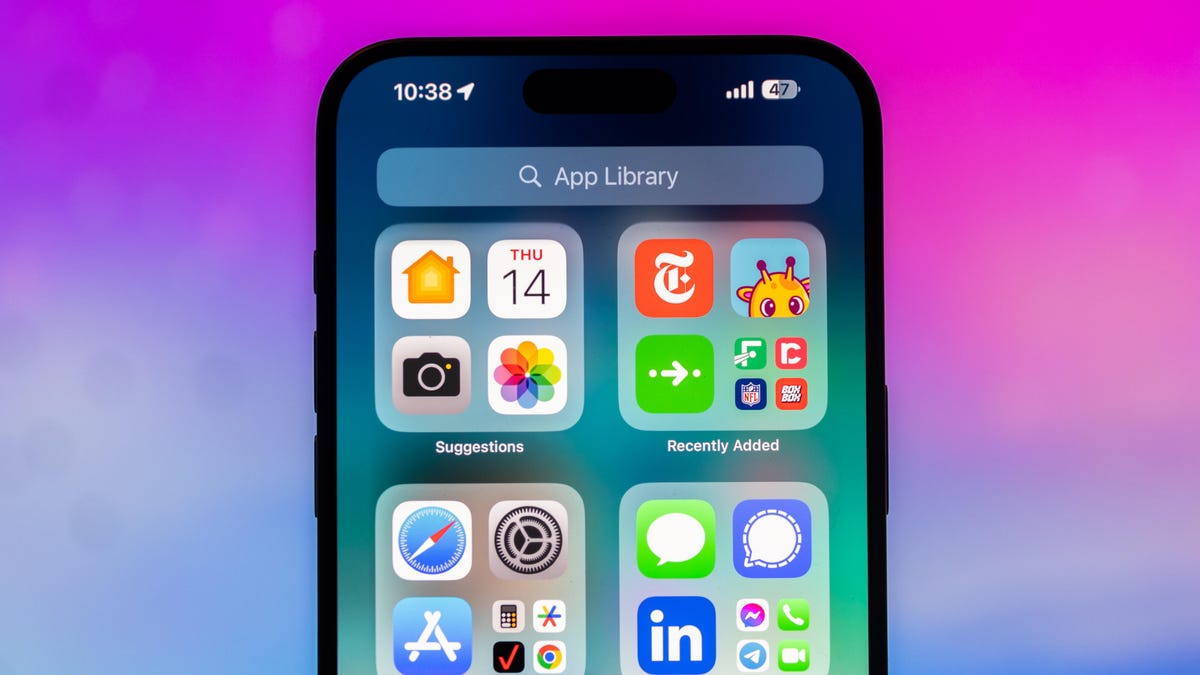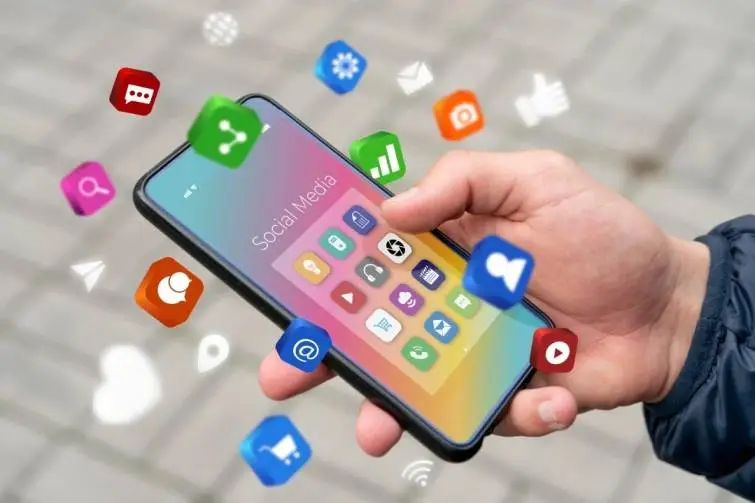In 2025, portable apps are not fair for fun—they’re a crucial portion of how undertakings work. Whether it’s for workers, clients, or accomplices, companies require versatile encounters that are consistent, secure, and shrewd. One of the key instruments to make that happen is a Portable Connecting Stage (MLP).
An MLP makes a difference you oversee joins that send clients straightforwardly to the right put in an app (indeed if the app isn’t introduced however), track how those joins perform, and guarantee a smooth client involvement over gadgets and channels.
In this article, we’ll walk through what an MLP is, why endeavors ought to care, and at that point highlight five beat stages you ought to consider in 2025 for enterprise-grade needs.
What Is a Mobile Linking Platform (MLP) and Why Does It Matter?

Definition & Purpose
A Portable Connecting Stage is a cloud benefit that handles the creation, directing, following and administration of joins utilized in versatile apps. For case, when a client taps a connect in an mail, SMS or notice.
The MLP decides whether the client has the app introduced, what gadget they’re on, and at that point either opens the app to a particular screen (profound interface) or sends them to the app store (conceded profound link).
Read Also: How to Create a Mobile Marketing Strategy? A Step by Step Guide
Why endeavors require one
For endeavor apps—used by workers, accomplices or high-value customers—this things a lot:
- It makes a difference guarantee clients arrive precisely where they ought to in the app (less friction).
- It guarantees following and analytics: you see which channels and campaigns drove introduces or engagement.
- It bolsters branding (custom interface spaces, branded URLs) and security (legitimate steering, fallback logic).
- It underpins multi-channel & multi-device ventures: web → app, social → app, interface in informing, etc.
Because venture apps regularly handle touchy information, complex client ventures, or integrative with backend frameworks, an MLP is a key piece of the versatile tech stack.
What to See for in an Venture MLP?
Before we choose the best stages, let’s list what makes a great MLP fit for venture use:
- Cross-platform and channel back: Works on iOS + Android, web, social, SMS.
- Deep connecting & conceded connecting: Guarantees clients who don’t have the app however still arrive in the redress put once they install.
- Branded joins and custom spaces: To keep up undertaking branding and trust.
- Analytics & attribution: To track interface execution, transformation, and client journeys.
- Security & compliance: Particularly for enterprises—data assurance, connect steering reliability.
- Scalability & venture back: For huge client bases, numerous campaigns, numerous joins, tall availability.
Now, let’s see at five of the best versatile connecting stages for 2025.
1. Branch
Branch is frequently cited as a driving MLP. Their arrangement covers profound connecting, attribution, cross-channel back, and enterprise-grade infrastructure.
Why it stands out
- Strong profound connecting bolster: coordinate and conceded linking.
- Custom spaces and branded URLs, suited for undertaking brand control.
- Unified analytics: following which joins, which campaigns, which clients convert.
- Robust bolster and framework: built for scale.
Enterprise fit
If you’re sending huge portable apps with numerous campaigns, outside dispersion, referral programs, or worldwide clients, Department offers numerous of the highlights you’ll need.
You Must Also Like: What is Hyperlocal Social Media Marketing and Why Use It?
2. Alter (TrueLink)
Adjust is well known in versatile attribution and estimation, but their profound connecting arrangement TrueLink is too a solid venture MLP option.
Key features:-
- One interface that works over iOS, Android, web with legitimate fallback logic.
- Branded profound joins, URL customization, connect generator API for bulk creation.
- Enterprise execution, security and analytics.
Enterprise fit
Good for organizations as of now utilizing attribution and estimation devices, who presently need a connecting stage that can coordinated into that stack and give the profound connecting + estimation mix.
3. Particular Links
Singular is another solid contender that offers profound connecting and interface administration with undertaking capabilities.
What it offers
- Enterprise-level connect creation, administration, analytics dashboards.
- Supports both profound joins and conceded profound links.
- Branding, interface parameter control, attribution integration.
Enterprise fit
For firms that need a clean connecting arrangement coordinates with campaign analytics, particularly if they are as of now following fetched information, ROI and lifecycle.
4. DEPL (Elective Platform)
DEPL is more current, more lightweight, but curiously. Their center is profound connecting without overwhelming foundation cost.
- Highlights
- Supports widespread joins / app links.
- Simple setup, negligible SDK impact.
Good for endeavors particularly for particular use-cases (e.g., referral joins, onboarding streams) where full attribution stack isn’t required yet.
Enterprise fit
If you have an undertaking portable app but you’re early in your connecting procedure, or you need a quick, cost-effective connecting layer, DEPL can be a great fit. As you scale and require more estimation, you might move to a full arrangement like Department or Adjust.
5. Linkrunner SmartLinks
Linkrunner is a stage that centers on profound connecting, branded joins, following, and is well suited for referral, natural and venture use.
Key features
- One interface over stages (iOS/Android/web) with appropriate fallback.
- Custom space back, interface analytics, QR codes.
- Designed for scale and venture growth.
- Clear documentation and ease of setup.
Enterprise fit
A solid choice for endeavors who need connecting also development following, particularly in referral, influencer or accomplice programs. It may be somewhat less complex than full-stack MLPs, which may make it less demanding to receive quickly.
How Ventures Should to Select an MLP?
When selecting an MLP for your undertaking portable app, consider the taking after steps:
- Define your connecting needs
- Are you directing existing clients interior the app? Or onboarding unused users?
- Do you require conceded profound connecting (introduce at that point route)?
- Will you run numerous campaigns over channels (e-mail, SMS, web, offline)?
- Check integration with your stack
Does the MLP coordinated with your analytics, attribution, CDP (client information stage), CRM?
Does it back your branding (custom space, interface shortener)?
- Assess scale & reliability
- How numerous links/users do you expect?
- What uptime and execution SLAs are offered?
Is the Stage Secure and Compliant (Enterprise-Grade)?
Look at estimation & insights
- Will you track connect execution and client journeys?
- Will you get attribution (which campaign, which channel)?
- Consider fetched & estimating model
Some stages charge by interface volume, month to month dynamic clients, or features.
For endeavor, add up to fetched of possession incorporates SDK integration, support, support.
What’s Unused & Imperative in 2025
Privacy & gadget changes: With advancing versatile OS security rules, connecting stages must adjust to keep up rectify directing and attribution.
Multi-channel and multi-device ventures: Clients move between web, versatile web, apps, offline – great MLPs presently bolster all.
Branding and connect believe: Custom spaces and interface sneak peaks matter more for endeavor believe and security.
Deferred connecting: Particularly imperative for onboarding unused users.
Analytics center: It’s no longer fair approximately steering – it’s approximately measuring connect execution, client ways, ROI.
Ease of utilize + support: Endeavors lean toward arrangements that decrease building overhead and give great support.
Conclusion
For endeavor versatile apps in 2025, a solid Portable Connecting Stage is no longer optional—it’s basic. A well-chosen MLP guarantees that clients arrive where they ought to, branding is steady, estimation is precise, and you’re prepared to scale.
We examined five high-quality stages: Department, Alter, Particular, DEPL, and Linkrunner—each with its possess quality and venture fit. Think around your use-case, integration needs, scale, analytics necessities, and budget—then choose appropriately.

